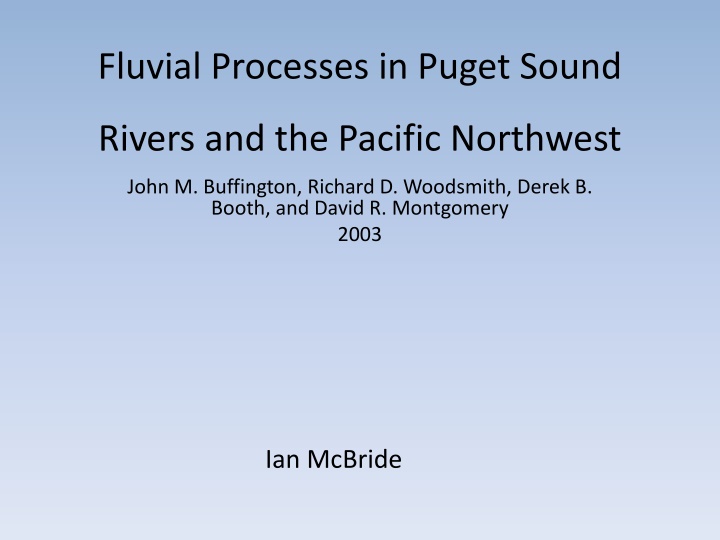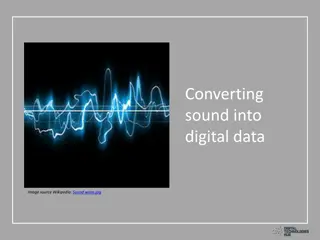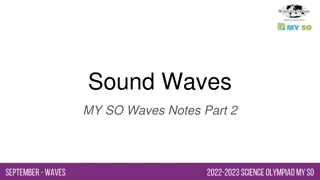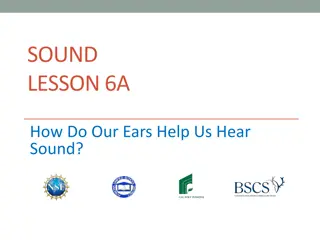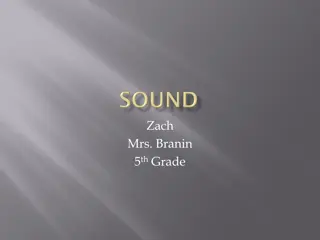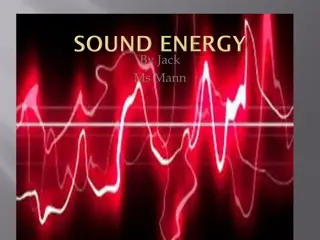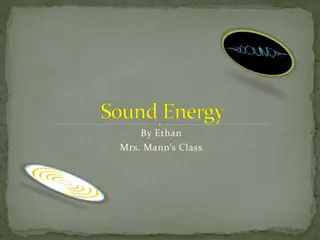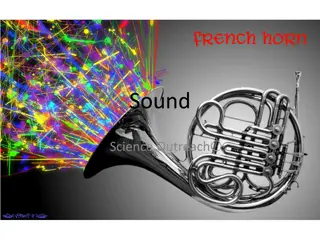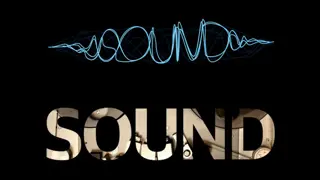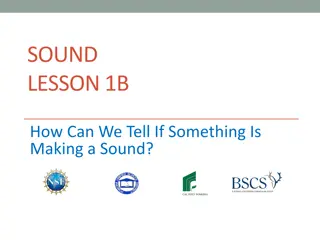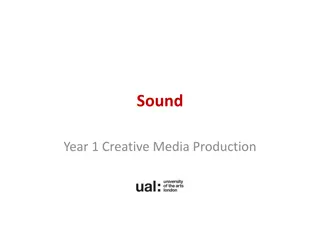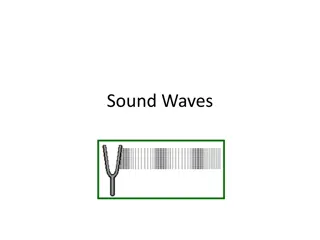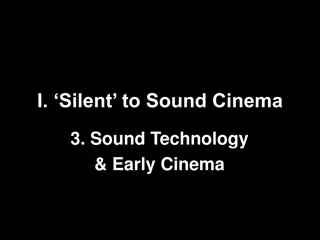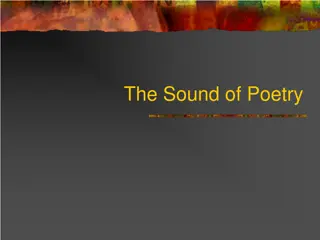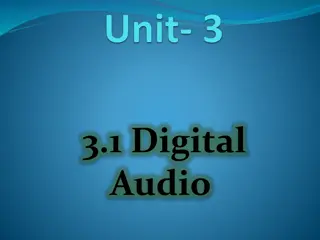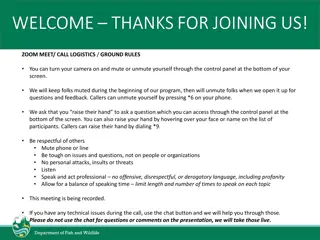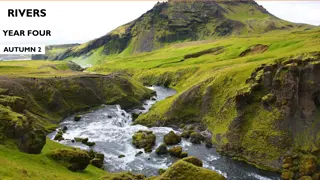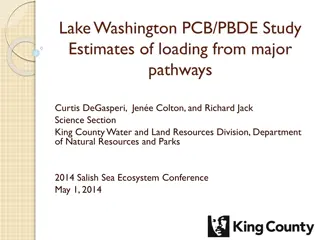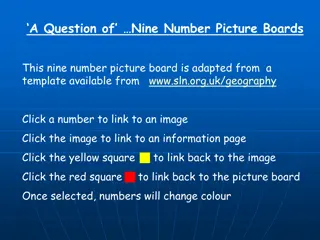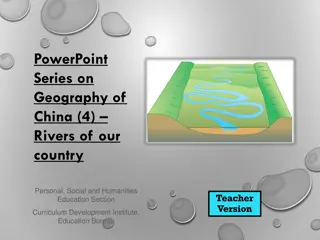Fluvial Processes in Puget Sound Rivers
This publication delves into the intricate fluvial processes shaping Puget Sound rivers in the Pacific Northwest. It explores challenges and complexities in stream restoration efforts, emphasizing the need for comprehensive understanding and consideration of various factors influencing river systems.
Download Presentation

Please find below an Image/Link to download the presentation.
The content on the website is provided AS IS for your information and personal use only. It may not be sold, licensed, or shared on other websites without obtaining consent from the author.If you encounter any issues during the download, it is possible that the publisher has removed the file from their server.
You are allowed to download the files provided on this website for personal or commercial use, subject to the condition that they are used lawfully. All files are the property of their respective owners.
The content on the website is provided AS IS for your information and personal use only. It may not be sold, licensed, or shared on other websites without obtaining consent from the author.
E N D
Presentation Transcript
Fluvial Processes in Puget Sound Rivers and the Pacific Northwest John M. Buffington, Richard D. Woodsmith, Derek B. Booth, and David R. Montgomery 2003 Ian McBride
Overview 1. Introduction/Background 2. Aspects of Pacific N.W. streams 3. Restoration in the Pacific N.W. 4. Conclusion
Stream Restoration Expensive: $44 million in 5 years, Columbia Often unmonitored and uncontrolled Projects beginning in the Puget sound region Focus on salmon recovery
Stream Restoration Difficult to assess Hard to inform future projects Three problems: Incomplete understanding of fluvial processes Designs inappropriate for specific channel Small scope
Stream Restoration Complex Interconnected All factors need to be considered
Pacific Northwest Streams Diverse What is ideal for one stream, is not ideal for all
Morphology Controlled by: Resulting in: Geology Topography Climate Streamflow Land use Sediment supply Fire Vegetation
Channel Characteristics Watersheds are often ignored Watershed conditions influence: Grain Size Width Depth Bed Forms Channel patterns
Stream Types Sand/gravel dominated Sediment laden Low grade unconfined Boulder dominated Limited sediment High grade Confined
Classifying Channels Topography Streamflow Sediment supply Channel characteristics
Proper Restoration Recognizing differences is crucial Classification Restoration outside of the norm can result in: Loss of self maintenance Instability
Puget Sound Rivers Highly populated areas Urbanized Social and economic limitations Restoration limited
Pacific N.W. Restoration Three components to develop programs: Understanding of physical settings and potential Knowledge of history of river and watershed Clear policy objectives
Conclusion One size does not fit all Understand entire river system + watershed History of the area A lot must be done before beginning restoration
